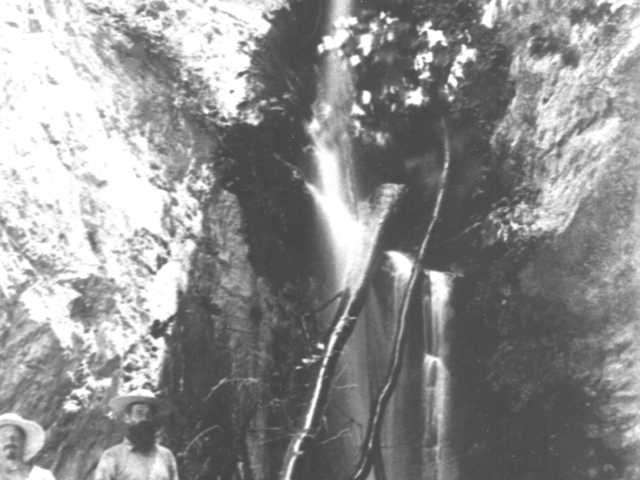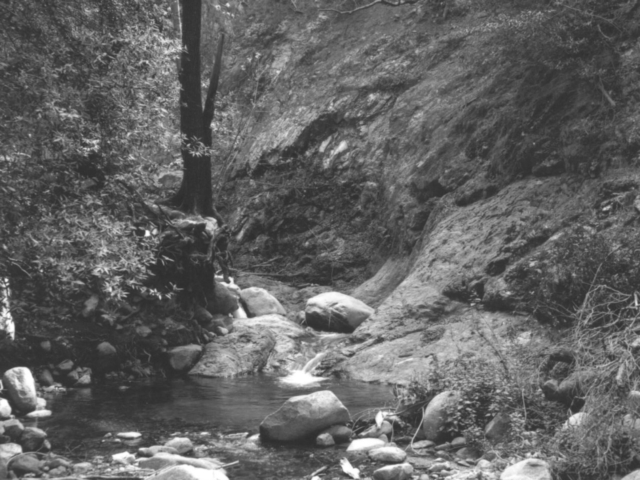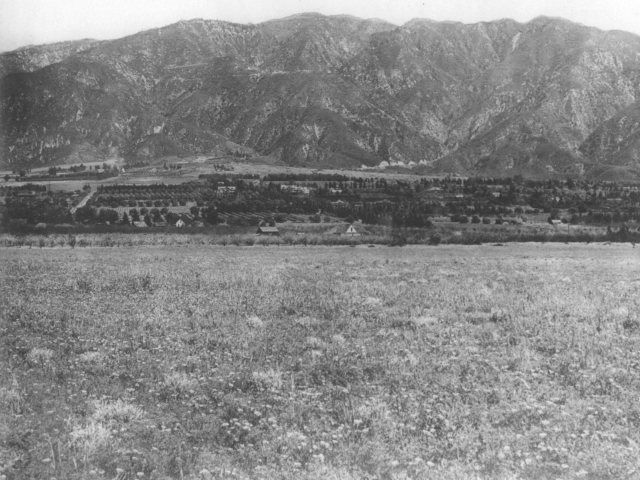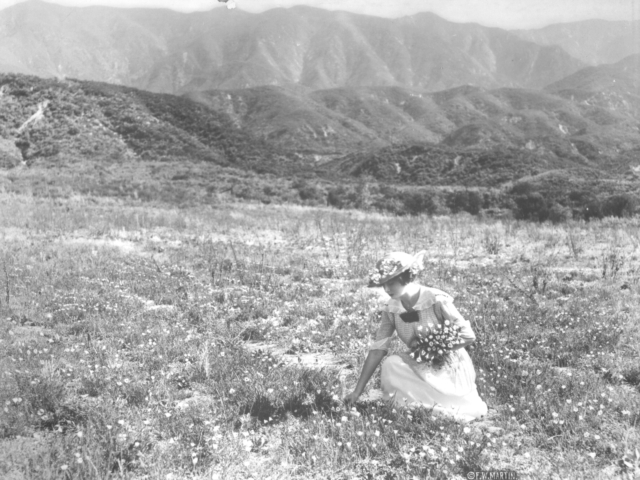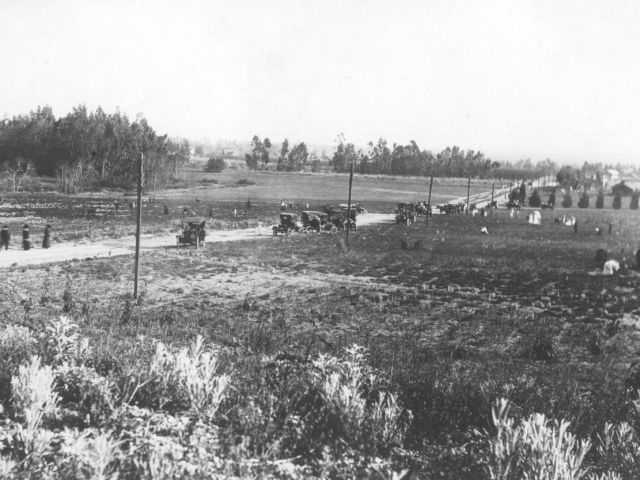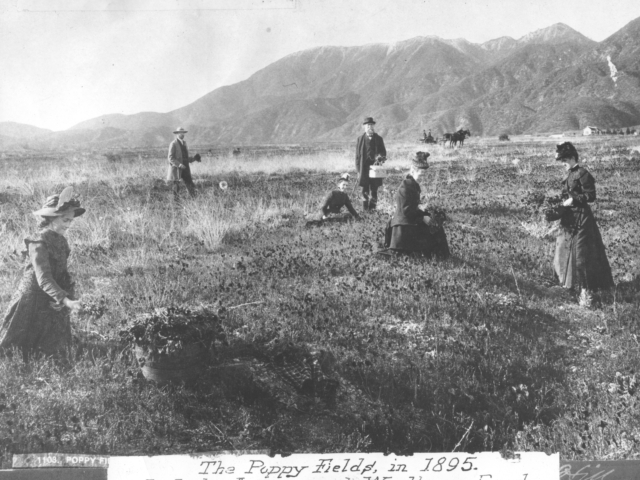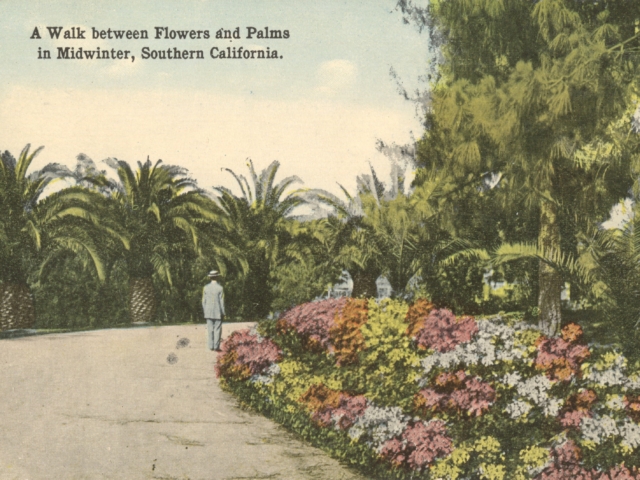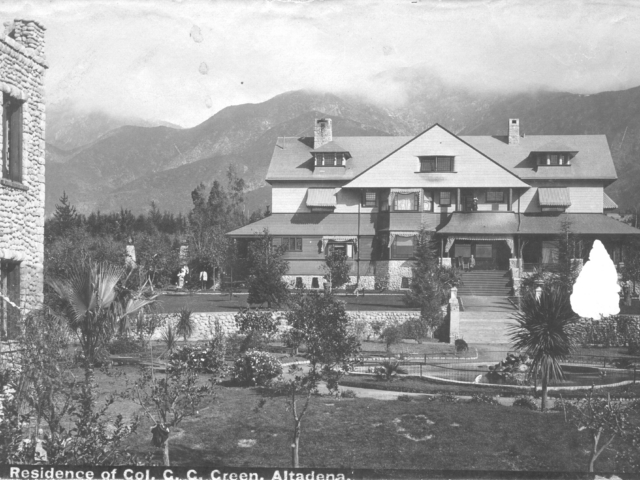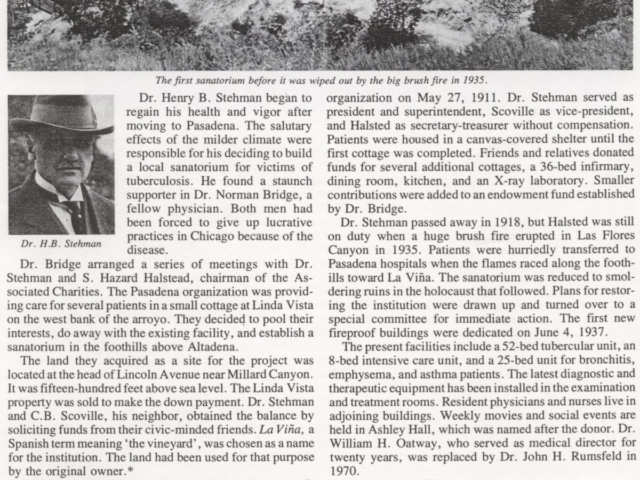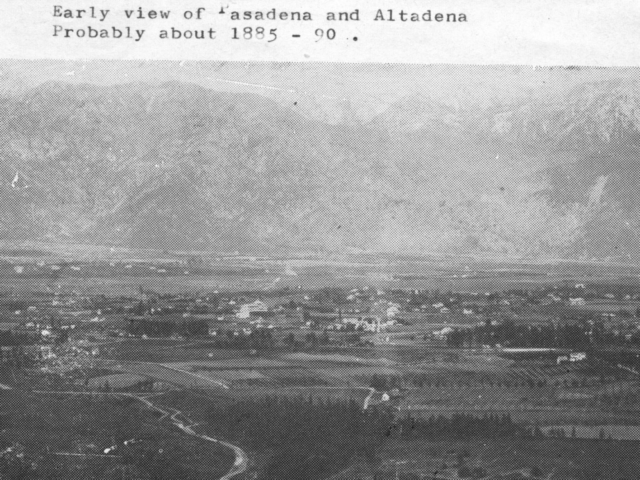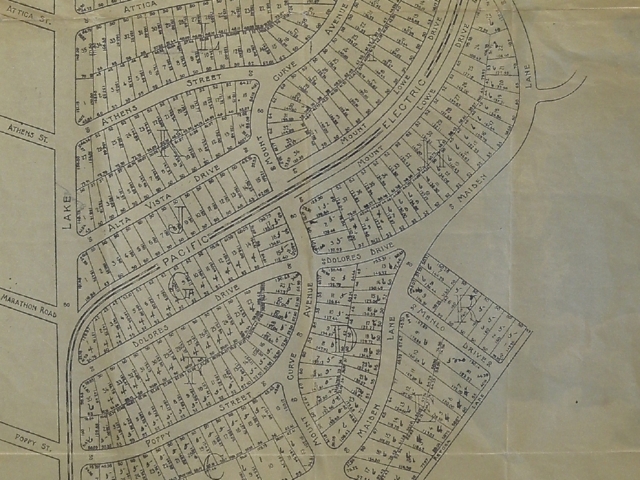With the end of Civil War, the enactment of the 1862 Homestead Act, the 1869 completion of the transcontinental railroad and subsequent rapid development of rail transportation serving the Southwest, anyone with a Horatio Alger dream could realize it in Southern California, the quintessential land of opportunity. Rapid technological change, lack of government regulation, easy availability of capital and no income tax combined to make millionaires out of entrepreneurs willing to take risks.
When water sources were found in the canyons of the San Gabriel Mountains in the 1860s, the arid landscape was turned into viable farmland where grapes, olives, walnuts, oranges, dates and avocados were grown.
Newspapers editors published articles touting opportunities awaiting those who traveled west. Cold weather transplants wrote letters back home encouraging friends and family to join them. A burgeoning sense of boosterism created a land boom and fueled population growth.
“I came from the East to this beautiful area for my health. I also discovered happiness and beauty. In New York people are buried in snow. Here our flowers are blooming and our oranges are about to bear. Let’s have a festival and tell the world about our paradise.”
—Professor Charles Fredrick Holder, 1890, founder of Tournament of Roses
Warm, sun drenched winter days attracted wealthy snow-bound folks back east, eager for a winter respite in balmy southern California that was now only a short railroad trip away. Chicagoans could reach Los Angeles in just two and a half days.
East coast and Midwestern business moguls attracted by the climate and fragrance of orange blossoms in February came to build winter and retirement homes in Altadena and Pasadena, elegant structures even rivaling their palatial mansions back home.
The clean, dry air of the Los Angles basin attracted “health seekers” from all over the United States. Modern sanitariums dotted the foothills promising cures for desperate patients suffering from respiratory diseases like tuberculosis.
Land speculators bought and sold land to the steady stream of transplants interested in starting over or profiting from new business ventures.
Towns turned into cities and the population in Los Angeles grew from 4,385 in 1860 to 102,479 in 1900. Even the booms and busts of the economy couldn’t dampen the spirit of opportunity. California was a place where ideas could incubate, money could be raised and dreams could thrive.
This is the California that welcomed Thaddeus Lowe upon his arrival to Pasadena in 1890.



